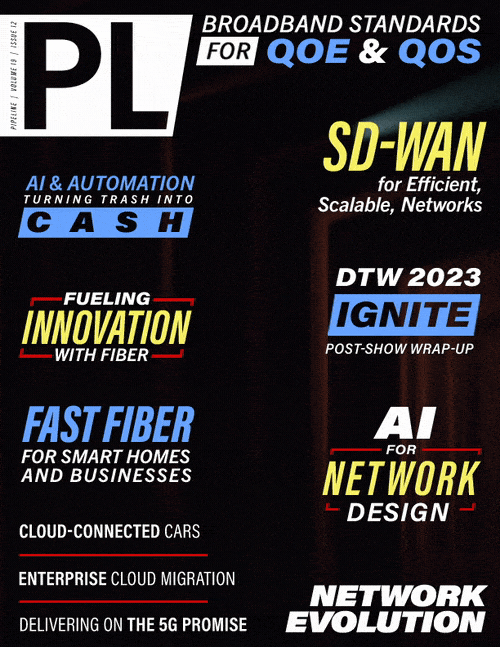Demand for Faster Internet Drives
Fiber to the Home Popularity
By: Scott Sampson

Statistics show that demand for cable Internet service is dropping while innovative technologies such as fiber to the home are becoming more popular. Market research firm Future Market Insights estimates that the fiber to the home market will grow nearly 15 percent by 2029, and Statista shows that smart home revenues have been on the rise as sales in the United States are projected to reach almost $47 billion by 2025—approximately twice the amount of revenue of 2020.
Why is Such Growth Happening? And Why Should People Care?
We are witnessing the rise of younger home buyers who are accustomed to using applications that require greater bandwidth. As younger people move into the real estate market, an important selling point is Internet bandwidth and speed to support applications requiring greater bandwidth, such as home automation, streaming, gaming, and more. New homeowners are demanding high-speed Internet with faster download and upload speeds to support their home and lifestyle.
What Exactly is Fiber Internet and Why Is It Different from Cable?
When people think of home Internet services, they immediately turn to cable companies or the traditional telephone companies. Many of these suppliers tout “lightning fast” speeds and use that as a competitive selling advantage. This leads to users thinking these providers are their only option for reliable, high-speed Internet. With fiber Internet, however, all that is changing.
Fiber is the fastest option for delivering high-speed Internet. It is a broadband Internet connection that uses fiber optical cables made of flexible strands (or fibers) of optically pure glass as thin as a human hair to transmit light signals, which are more efficient than traditional communication networks. This modern technology allows for Internet speeds of up to 5 Gbps or more, improving download speeds by as much as 10 times over other options—and, remarkably, can send data at 70 percent of the speed of light.
Fiber Internet is faster and more reliable than traditional cable and telephone technology, such as coaxial cable, copper DSL, and satellite Internet. Coaxial or copper-based networks just cannot compete with fiber’s capabilities. Satellite Internet, while great for harder-to reach places, still does not offer the performance that fiber can.
A fiber-optic connection with the appropriate Internet plan offers homes several other benefits. For instance, symmetrical service and zero buffering allows for uninterrupted content consumption. One can stream TV services, movies, music, and gaming on multiple devices simultaneously with low latency and high speeds, greater reliability, and with reduced susceptibility to inclement weather.
Fiber Internet is certainly the best high-speed Internet available, but if one decides to cut the cable cord to take advantage of their fiber service, there have always been questions asked about still getting the entertainment they enjoy. All that is changing now with streaming. With fiber Internet, once service is activated a consumer can sign-up online for all the traditional streaming services such as Disney+, Hulu, YouTube TV, and others to get content and even traditional broadcast services. The same is true for gaming and other content options available via high-speed Internet streaming. And, this is only getting better as more traditional content moves to streaming.
The biggest downside to fiber Internet is availability. Because it is a more recent technology, fiber Internet is not available to everyone everywhere, and it may take time to roll it out to all areas. But as a faster and more reliable option, fiber provides better service, and once available, comes with few to no downsides.
What About the Changing Business Landscape and Fiber Internet?
With the increased popularity of working remotely, organizations are being challenged to create and maintain a positive work culture in a virtual environment. While elements of creating a strong and collaborative work culture have not changed, technology has taken on a more vital role during the surge in remote work, and fiber Internet is at the top of the list.
A core necessity needed to support remote workers is high-speed Internet connectivity. Remote workers count on their Internet service provider to deliver the connectivity needed to keep up with and manage the applications required as part of a successful workday in a remote environment, leading us to understand why some of the features of fiber Internet make it the only viable solution for business today when it comes to a remote workforce.
Symmetrical Nature of Fiber Is a Key Advantage for Home & Business
One of the most important aspects of fiber Internet that sets it apart from other forms of connectivity is symmetrical download and upload speeds. Ever since the Internet became a ubiquitous presence in our lives, the question of download and upload



















